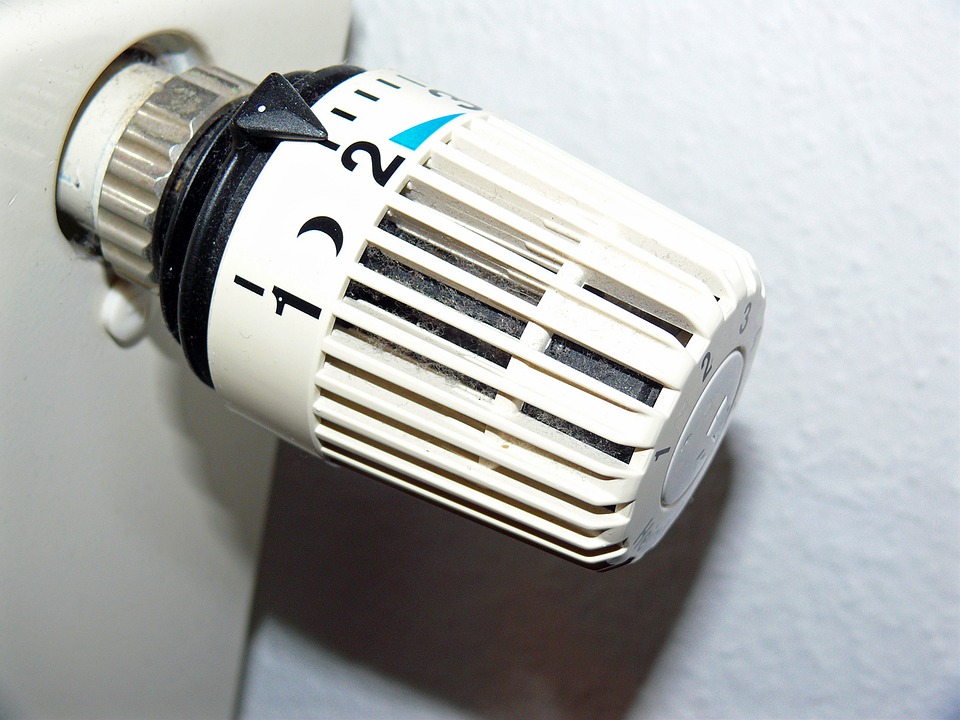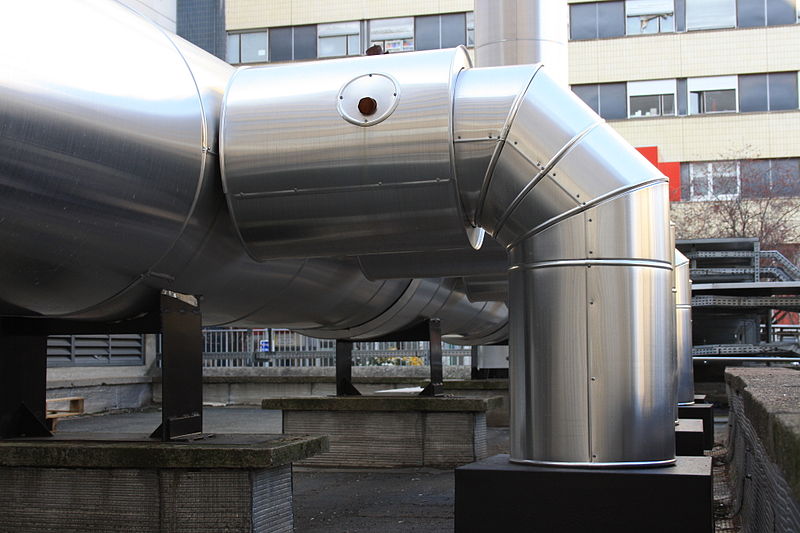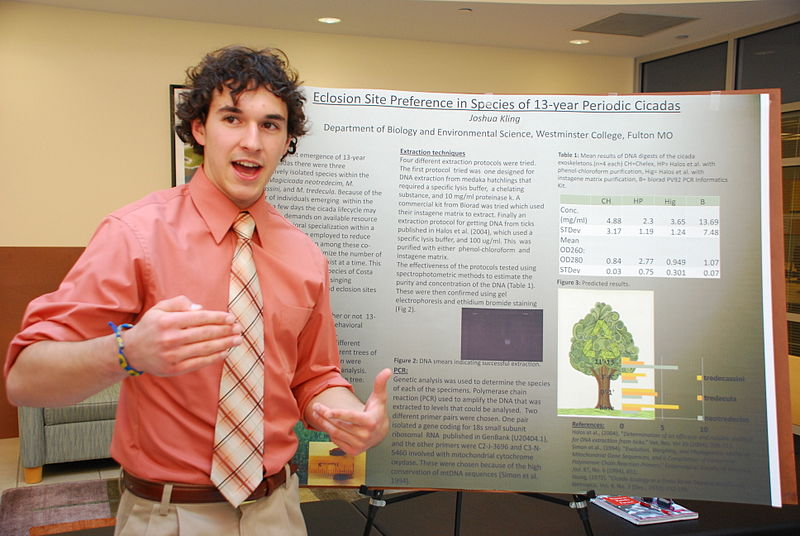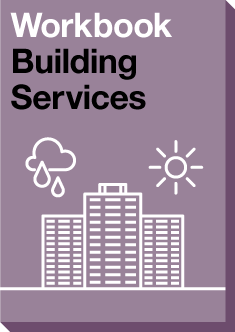Life support for an Antarctic base
We can think of our homes, schools and office buildings as machines designed and operated to keep us comfortable. In modern buildings, mechanical and electrical systems provide us with warmth and coolth, give us light, power our devices, connect us to the Web, supply us with clean water and take the dirty water away. Building services engineers are usually responsible for the design of these different systems. These days, at a time when fossil fuel dependency is an increasing concern, their objective is often to find ways to reduce our dependence on power-hungry active systems and to rely more on passive measures to provide liveable environments.
This project gives students an introduction into building engineering services by asking them to design the mechanical and electrical systems for a new Antarctic research station accommodation unit. They will need to research and design engineering solutions to create comfortable living conditions in the harsh environment.
Day

Day 1
Light
Work out the window sizes and the artificial lighting needed to light the accommodation block
Day 2
Heat
Work out how to keep the warmth in and the cold out and determine what extra heating is needed
Day 3
Ventilation
Create a model of a ventilation system that is specialised to work in the antarctic
Day 4
Power
Research and design a power system that will meet the operational needs of the building
Day 5
Organise and present
Create and give a presentation that shows their optimised designMore Information
Curriculum
This project is aimed at 14 to 19-year-old students working at or equivalent to KS4/5.
Skills Development
Personal, Learning and Thinking Skills
- Through independent enquiry, students can: explore issues from different perspectives; analyse, evaluate and judge information and its relevance and value; and, support conclusions using reasoned arguments and evidence.
- Through self-management, students are required to: show flexibility when priorities change; work towards goals, showing initiative and perseverance; organize their time; and manage their emotions.
- Through reflective learning, students will: review progress; request feedback; evaluate their experiences; and communicate their learning in relevant ways for different audiences.
Communication Skills
- Through role play, students will have the opportunity to: talk in front of others; plan and present their ideas; and defend their ideas under scrutiny.
- Through interviews, students are required to: prepare questions; and hold a discussion in a formal setting.
- Through written and verbal communication, students can: write reports of their work; respond to feedback; and use industry specific terminology.
Information, Advice and Guidance
This project is designed to give a hands on insight into what it’s like to be a mechanical engineer in a design office. It is an immersive experience where students conduct the realistic projects of an engineer. They will explore their workplace developing their confidence and skills. As part of this project, students will conduct research into different aspects of an engineer’s job, they are specifically asked to interview a member of staff about what path they took to get the job they have now.
Delivery Requirements
Ideally, the student should be able to access information on real projects in your organisation that are relevant to the activities that the students will be doing in this Student Studio project, and the people who have worked on them. If this is not possible then the supporting resources within Student Studio will help to bring sufficient context for the student.
Supervision
Supervisors will need an hour to prepare any supporting resources prior to the student starting and then approximately 1-1.5 hours a day for 1:1 supervision and arranging access to other members of staff.
Supervisors don’t need to have any specific engineering knowledge related to the theme of this Student Studio project; broad understanding of general engineering principles is all that is needed to guide students through this project. Each day Student Studio gives supervisors suggestions on how to guide students through their project and how to set up interesting and exciting activities for them.
Resources
We encourage host organisations, where possible, to make available real resources, such as drawings, reports, calculations, computer models and presentations, to help contextualise this project.
For this project students are encouraged to create a non working model of a heat recovery ventilation unit. To achieve this we suggest having ready some or all of the following:
- straws
- toilet tube
- sellotape
- poster roll
- ice cream tub
- corrugated cardboard.
Equipment
The supervisor and student will require a computer with internet access. It is suggested but not required that a light meter is available (these can be easily downloaded as a free app on most smart phones).

